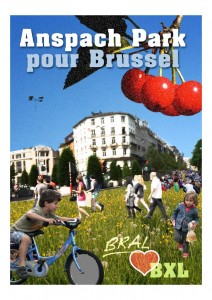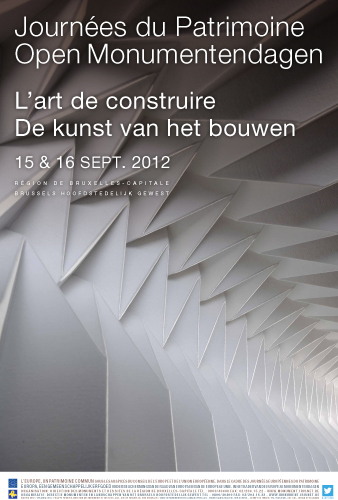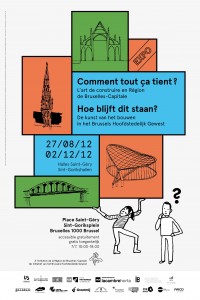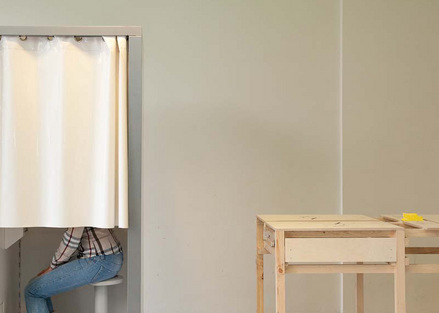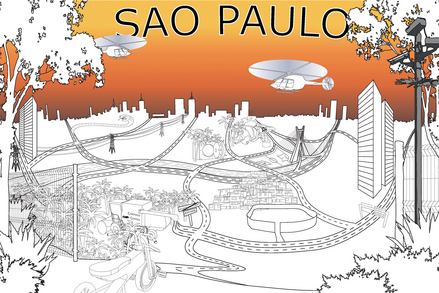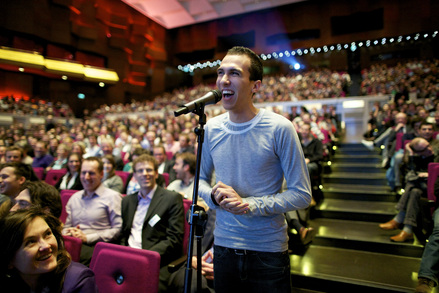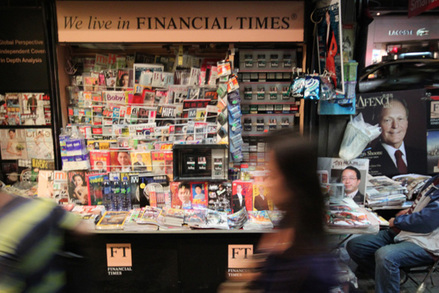Journée du patrimoine en Flandre
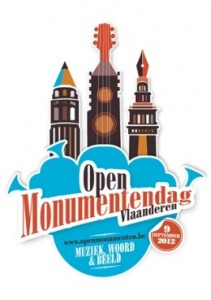 Informations pratiques :
Informations pratiques :
- Le 09-09-2012.
- Gratuit.
- Inscription obligatoire.
- Plus d’informations
Extrait :
La Journée du Patrimoine fait son retour ce dimanche 9 septembre 2012. Cette année, la Journée s’inscrit pleinement au cœur de la thématique culturelle « Musique, Verbe et Image ». Ce qui nous permettra d’aborder le Patrimoine comme foyer de création artistique et culturelle.
Nous vous proposons de découvrir des lieux où la culture a pris et prend encore naissance. Notamment les maisons d’artistes et ateliers conservent souvent les traces de leurs occupants et, par ce fait, se font le foyer d’un héritage important. Divers lieux en Flandre ont inspiré créateurs de culture et artistes. Des paysages, des quartiers, des villes et villages viennent, alors, à l’esprit. Cette Journée du Patrimoine, vous ouvrira les portes de galeries des glaces, de salons de musique, de bibliothèques privées, d’opéras et de cabinets de curiosités où la haute société accédait, en petit comité, à la culture. Nous allons également découvrir des théâtres, des cinémas et des kiosques, lieux de culture accessibles à « l’homme ordinaire » …

